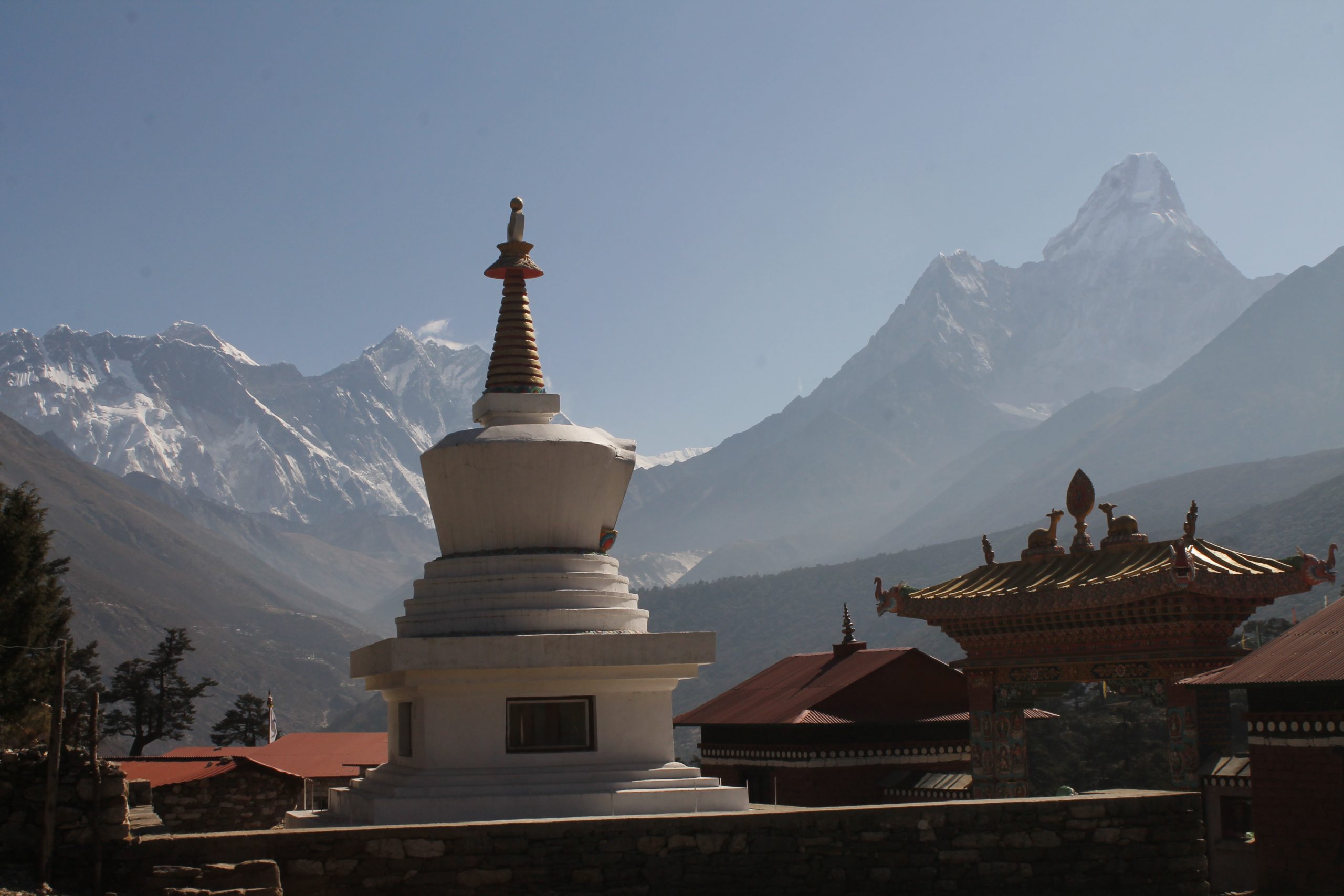In a sunny day with clear blue sky and the Annapurna range in the background I was having a tea chat with my good friend at Lakeside, Pokhara gazing the beautiful Fewa Lake. Few tables around us were occupied and everyone was busy talking and scrolling through their mobile phones. Out of nowhere I noticed very distinct voice saying “hya tension nali kta ho you lek lagne vaneko bidesi lai matrai ho” which translates “don’t worry guys only foreigners get this altitude illness”. This statement caught my attention but in the middle of everything I couldn’t do much but procced with our chat.
It was not the first time I have heard someone making statements like this. In fact, I have been dealing with situations which are much worse and illogical. I have encountered many educated youths make irrelevant & illogical hypothesis about altitude illness, ignoring the potential dangers in the mountains and promoting unsafe practices.
So, let’s make some clarification about the myths of altitude illness and related topics which is very prevalent in the world.
Myth No 1: Altitude illness is disease of foreign travelers/mountaineers. Locals don’t get altitude illness!
Fact No 1: No-one is immune to altitude illness. Anyone can get altitude. Yes! High altitude residents and inhabitants are adapted to environment but they are also vulnerable to some form of altitude sickness like chronic mountain sickness, re-entry pulmonary edema, etc.
Myth No 2: Altitude illness is caused by odor of certain flowers in the mountains.
Fact No 2: Altitude illness is caused by lack of oxygen (Hypobaric Hypoxia). After exposing to high altitude (>2,500 meters) if our body fails to acclimatize then we get one or other form of altitude illness. If you were to get altitude illness from odor of flowers then why don’t you get altitude illness when you climb down in the presence of same flower?
Myth No 3: I am physically too fit to get altitude illness.
Fact No 3: Everyone is susceptible to altitude illness regardless of the physical condition. Good physical condition definitely keeps you in shape and physically it would be easier to climb. But, keep in mind that we might increase the risk of getting altitude illness if you overexert in altitude. And, fit ones tend to ignore the early signs of altitude illness thinking they are too fit to get sick.
Myth No 4: Using garlic and ginger prevents altitude illness.
Fact No 4: Garlic and ginger doesn’t prevent altitude illness. Slow and gradual ascent prevents altitude illness. I don’t discourage you use garlic or ginger or any other food (except alcohol) but please take into consideration other proven methods like slow and gradual ascent, less exertion, etc for prevention of altitude sickness.
Myth No 5: Girls are more prone to altitude illness.
Fact No 5: There is no gender difference regarding altitude illness. Both are equally prone to it. Beside genetic predisposition, everyone is prone to getting altitude illness if you are not following the recommendations and listening to your body.
Myth No 6: Alcohol keeps you warm. So, drink rum when you are at altitude and it is cold.
Fact No 6: Alcohol in fact promotes heat loss and predisposes to get cold. You might feel like drinking hot rum keeps you warm but it’s not true. Please avoid alcohol (especially heavy drinking) if you are traveling to high altitude
Myth No 7: Drinking extra water prevents you from altitude illness.
Fact No 7: Drinking extra water won’t prevent altitude illness. We pee more frequently when we are exposed to altitude due to acclimatization but it is important to replace the fluid. And, signs of dehydration are similar to mild acute mountain sickness. So, it is important to keep well hydrated to replace the lost water and not confuse signs of dehydration with altitude illness. Don’t drink too much of water to avoid side effects of over hydration. Check you urine color!
Myth No 8: Don’t use caffeine at high altitude.
Fact No 8: Caffeine is a mild diuretics i.e. it makes you pee more but it won’t dehydrate. There is no any strong recommendation regarding use of caffeine at high altitude. In fact, caffeine is respiratory stimulant so it might help you with acclimatization. On the other hand, if you are heavy caffeine consumer and you stop taking at altitude then you will develop withdrawal symptoms like headache, palpitation. So, there is no need to make specific change in the consumption of caffeine at high altitude.
Myth No 9: Elderly and Children are likely to suffer from altitude illness.
Fact No 9: Elderly are more likely to adhere to the “slow and gradual ascent profile”, they don’t overexert and notice & report the symptoms early so they are less likely to get altitude illness.
Similarly, there is no evidence to suggest children are more vulnerable to altitude illness. Yes, they are more likely to miscommunicate and report problems late. But, they are equally prone to getting altitude illness as adults are.
Myth No 10: Drugs like acetazolamide (Diamox) masks symptoms.
Fact No 10: Diamox doesn’t mask the symptoms. When used for prevention they help in acclimatization and it won’t cause any rebound symptoms. It is recommended to use for prevention if specific situations as suggested by your doctor.
Dr. Santosh Baniya, MD (April, 2022)

